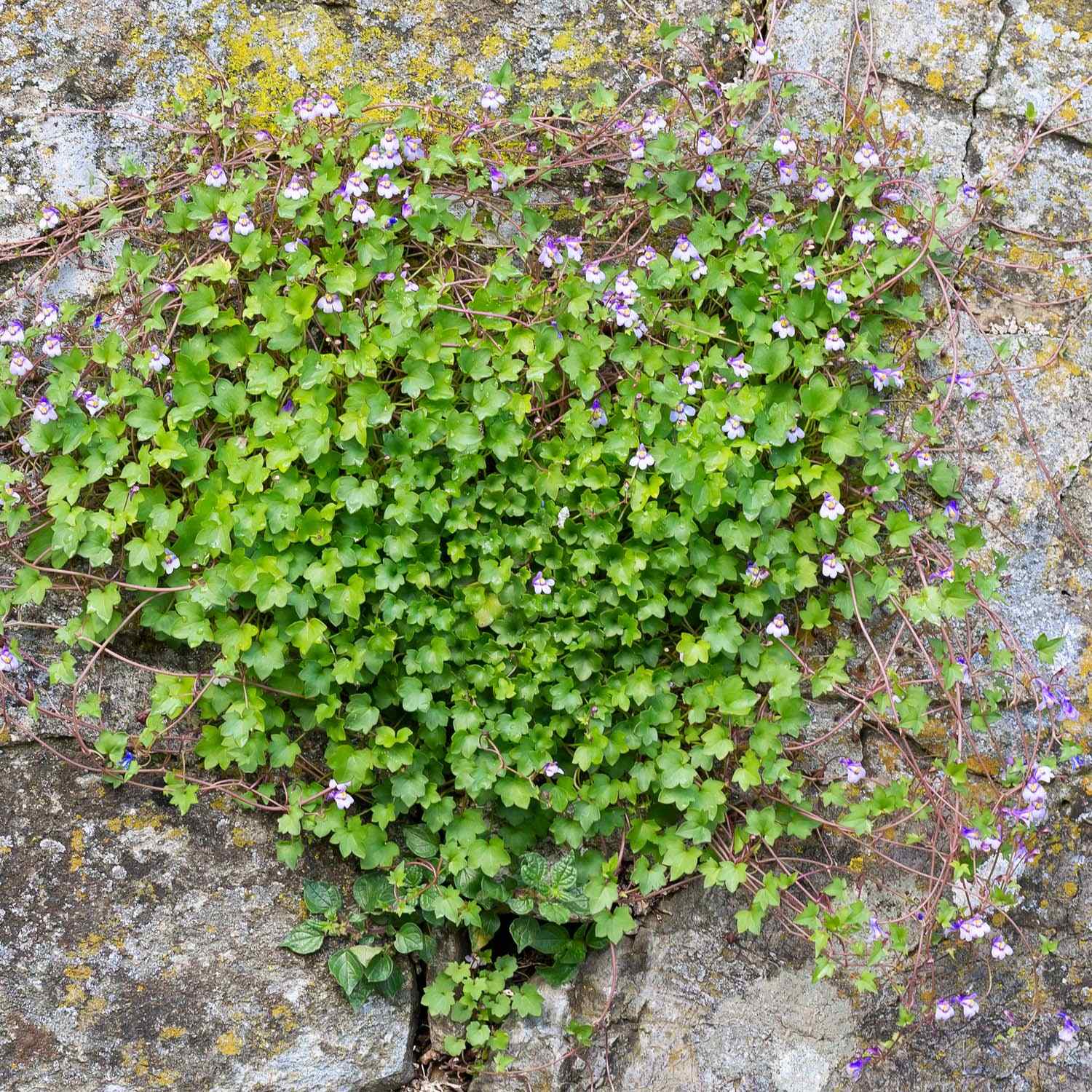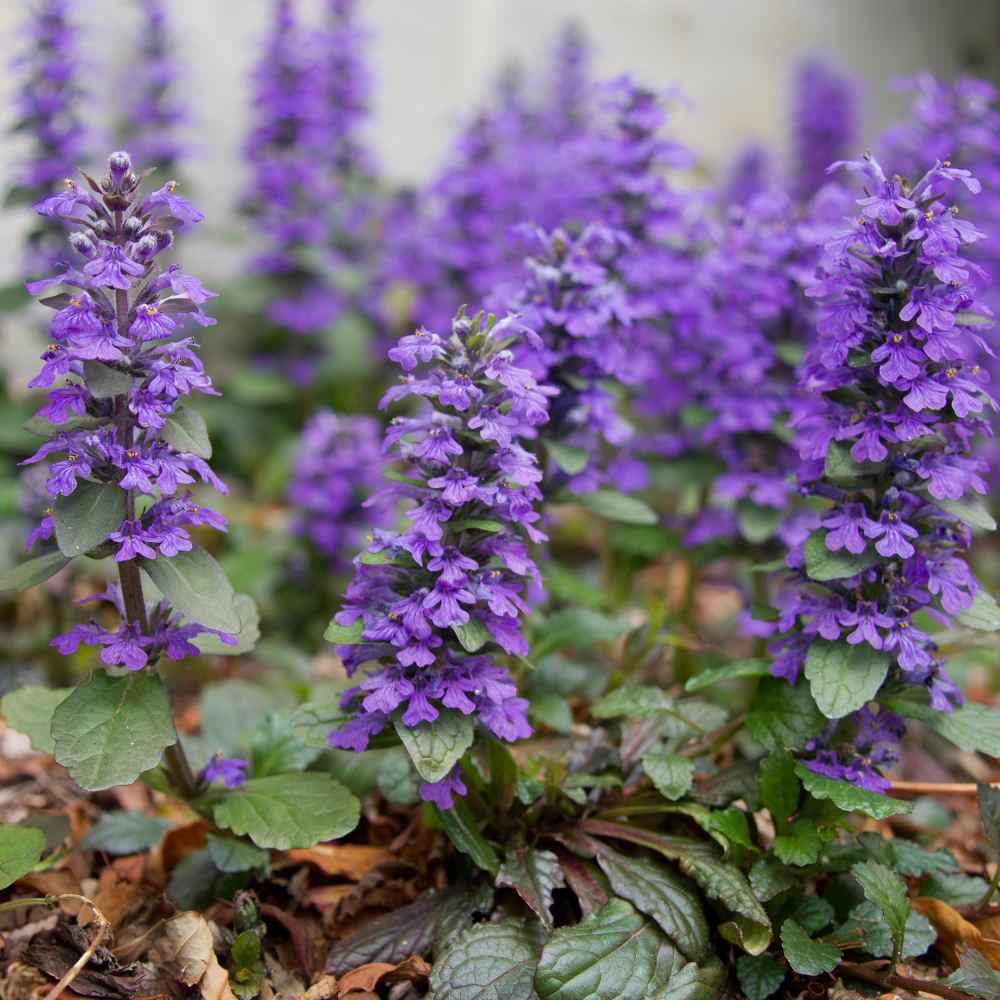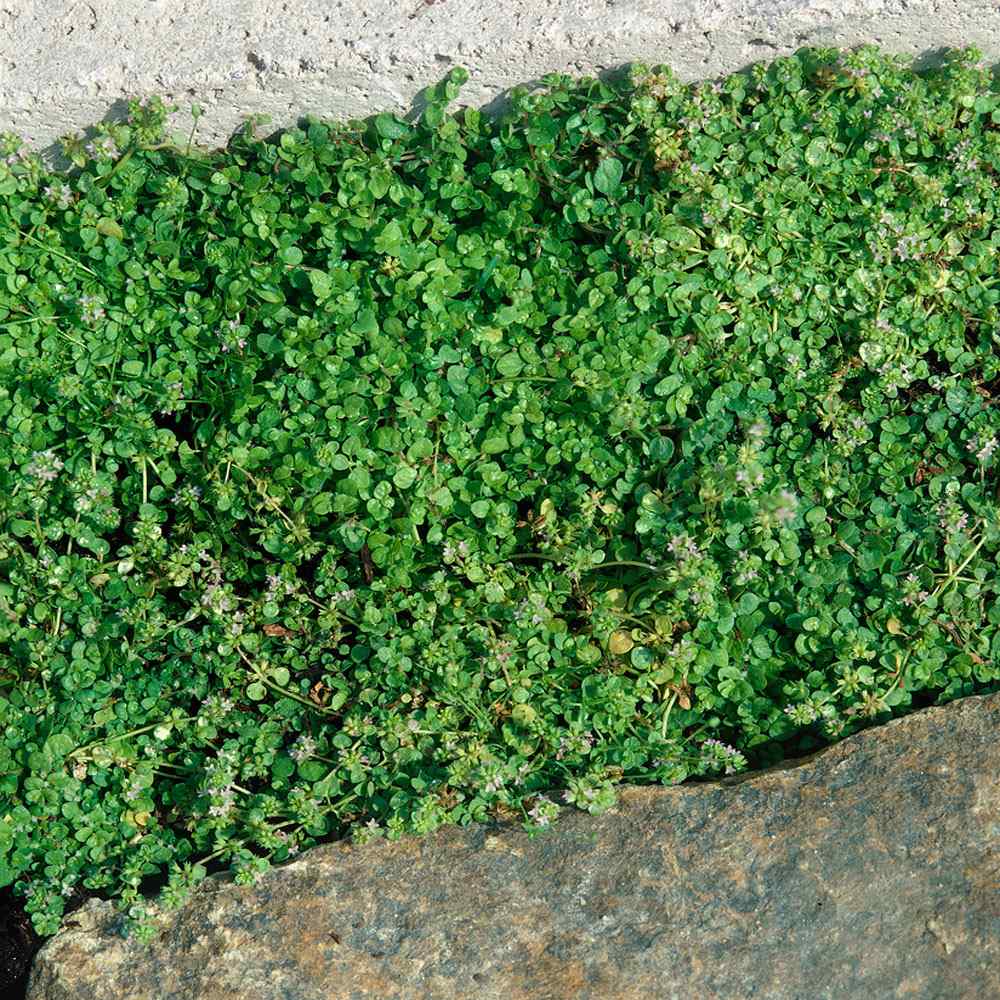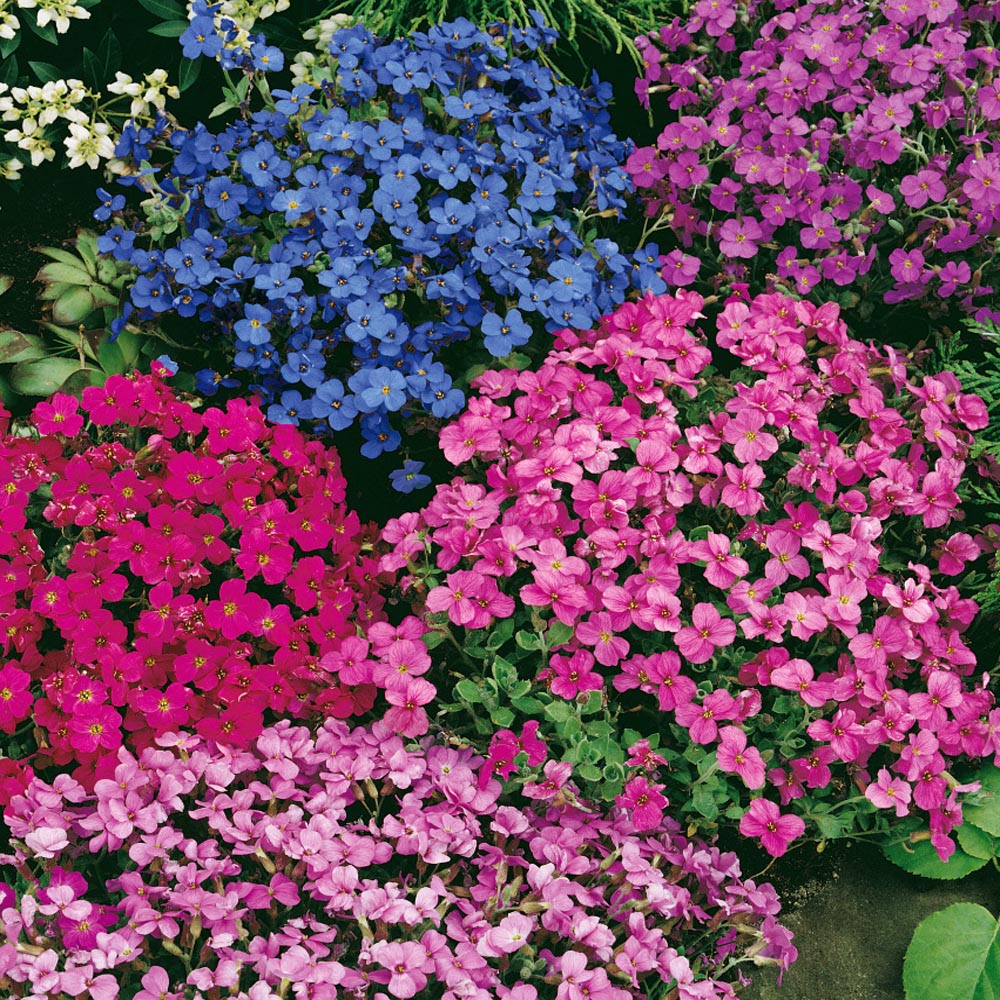
Kenilworth Ivy Planting Guide
Quick Facts About Kenilworth Ivy
Kenilworth Ivy makes a wonderful ground cover plant. It grows scalloped leaves, and pretty lilac colored blooms. It loves to cascade down a stone wall or spill over the sides of containers.
Planting Time
Plant indoors 10 weeks before the last frost. Or, start directly outdoors after danger of frost has passed.

Planting Location
Plant in partial shade to full shade with moist, rich soil.
How to Plant Kenilworth Ivy
- You have two options for planting seeds: Sow them directly into the garden, after the risk of frost has passed, by not covering the seed but pressing into the soil. Alternatively, start seeds indoors ten weeks before the average last frost date in spring.
- Approximately 2,000 seeds covers 40 square feet.
- Once seedlings sprout, ensure they receive plenty of light by placing them on a sunny windowsill or positioning them 3-4 inches below fluorescent plant lights that are switched on for 16 hours daily and off for 8 hours at night. Adjust the lights as the plants grow taller. Avoid using incandescent bulbs as they generate excessive heat. Remember, most plants need a period of darkness to thrive, so do not keep the lights on for 24 hours.
- Transplant into garden when temperatures are consistently warm.
- Before transplanting seedlings into the garden, it's essential to "harden them off". This involves acclimating young plants to outdoor conditions by placing them in a sheltered outdoor area for about a week. Initially, shield them from strong winds and direct sunlight. If there's a risk of frost overnight, either cover the plants or bring them indoors, then return them outside in the morning. This hardening off method helps strengthen the plant's cell structure, minimizing transplant shock and sun damage.
- Space plants 12 inches apart in garden.

Care And Maintenance
- Keep weeds under control during the growing season. Weeds compete with plants for water, space and nutrients, so control them by either cultivating often or use a mulch to prevent their seeds from germinating.
- Mulches play a vital role in preserving soil moisture and ensuring consistent soil temperatures. When it comes to annuals, using organic mulch made from shredded leaves not only enhances the appearance of the bed but also enriches the soil as it decomposes over time. Remember to keep mulch away from the plant stems to avoid potential rot issues.
- Water deeply twice a week, allowing the soil to dry out a little between waterings.
- Deadhead any diseased or discolored stems or leaves.




































